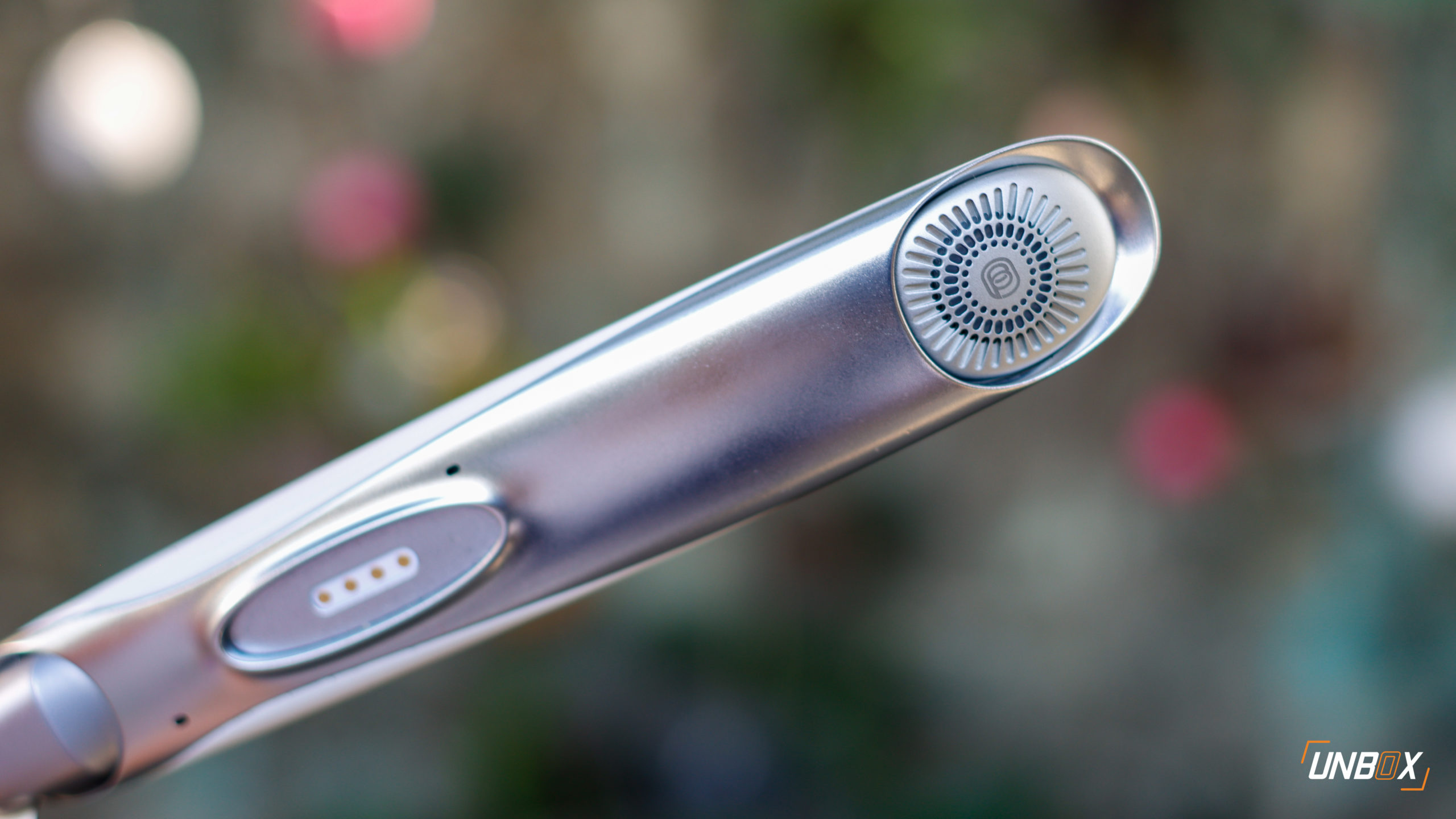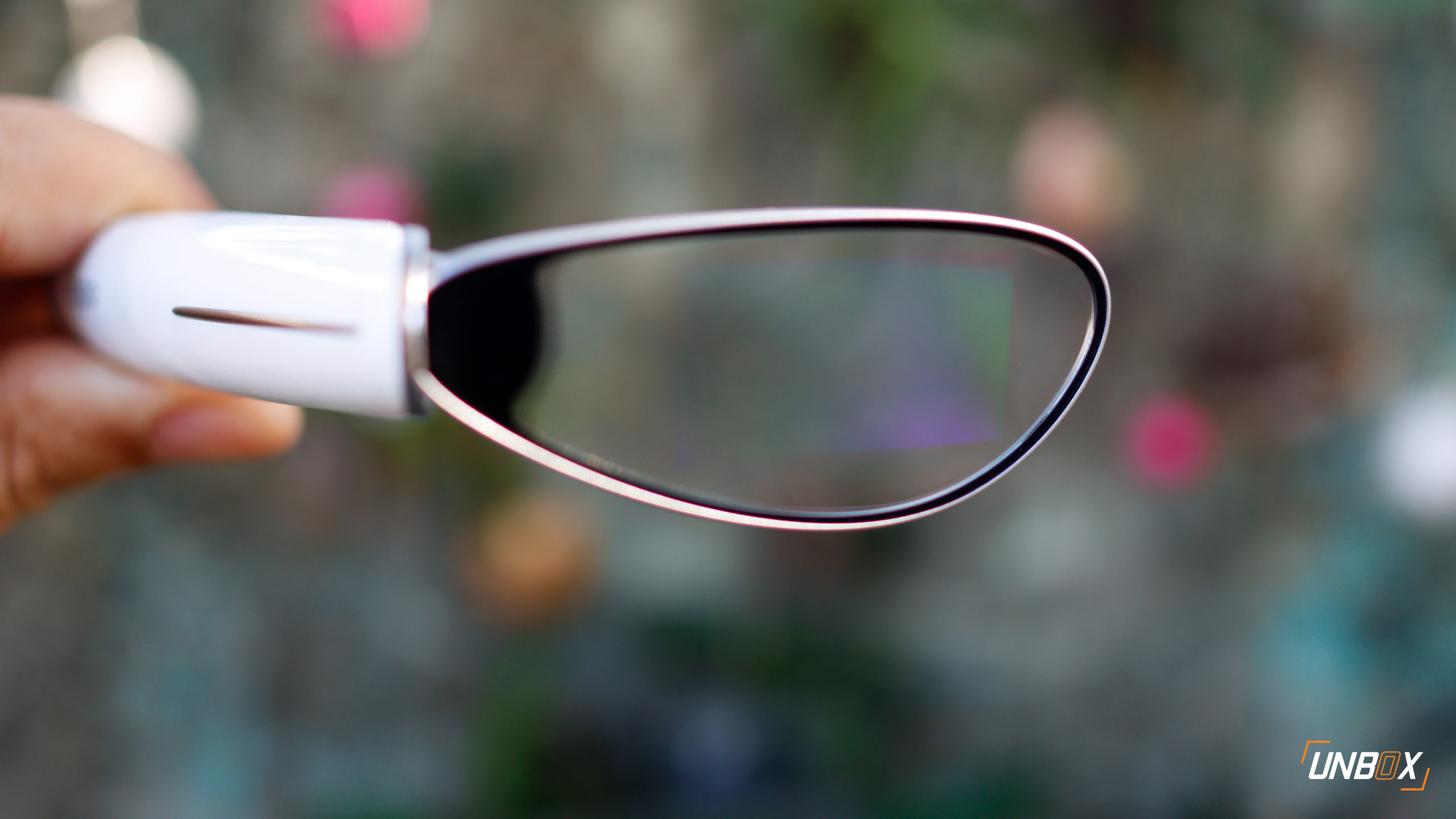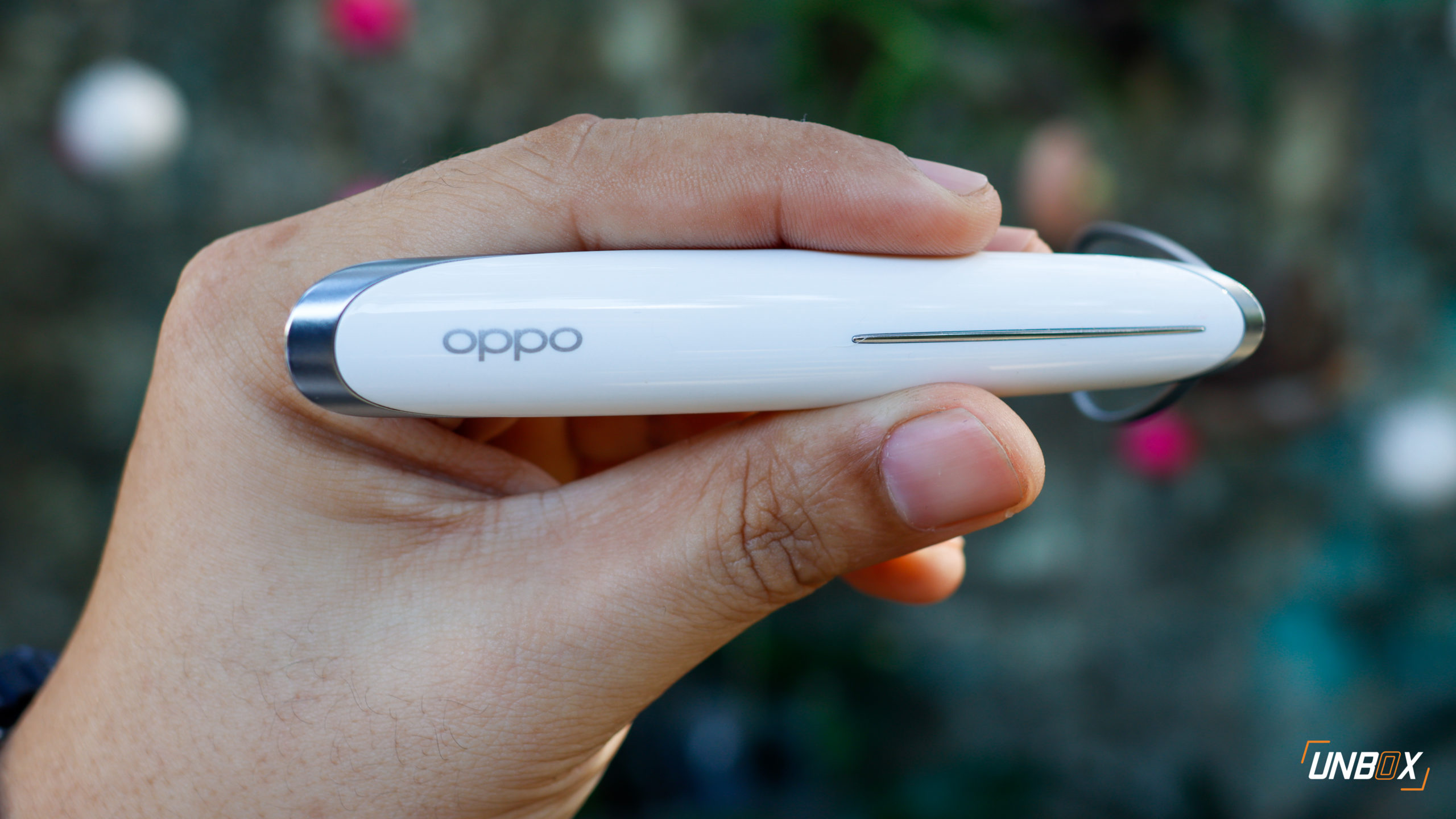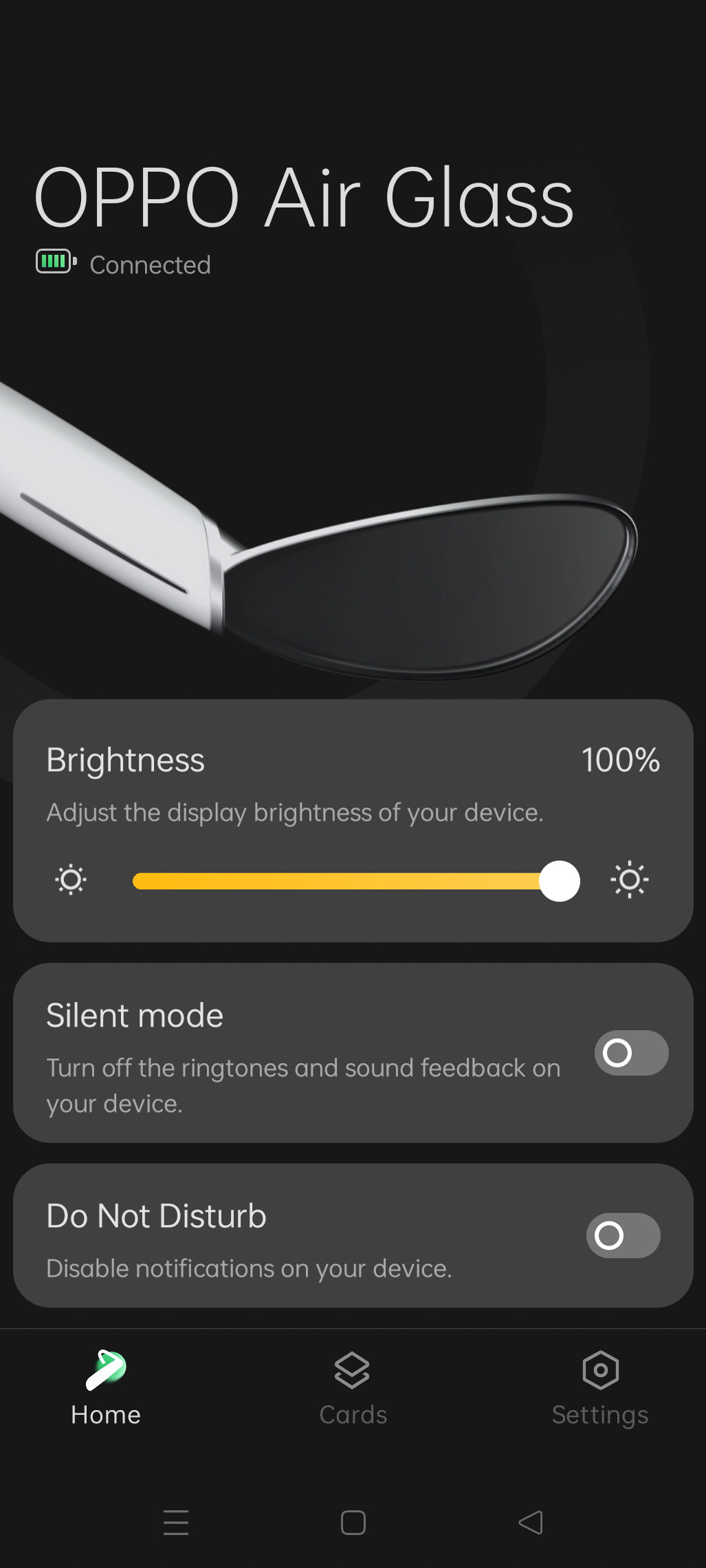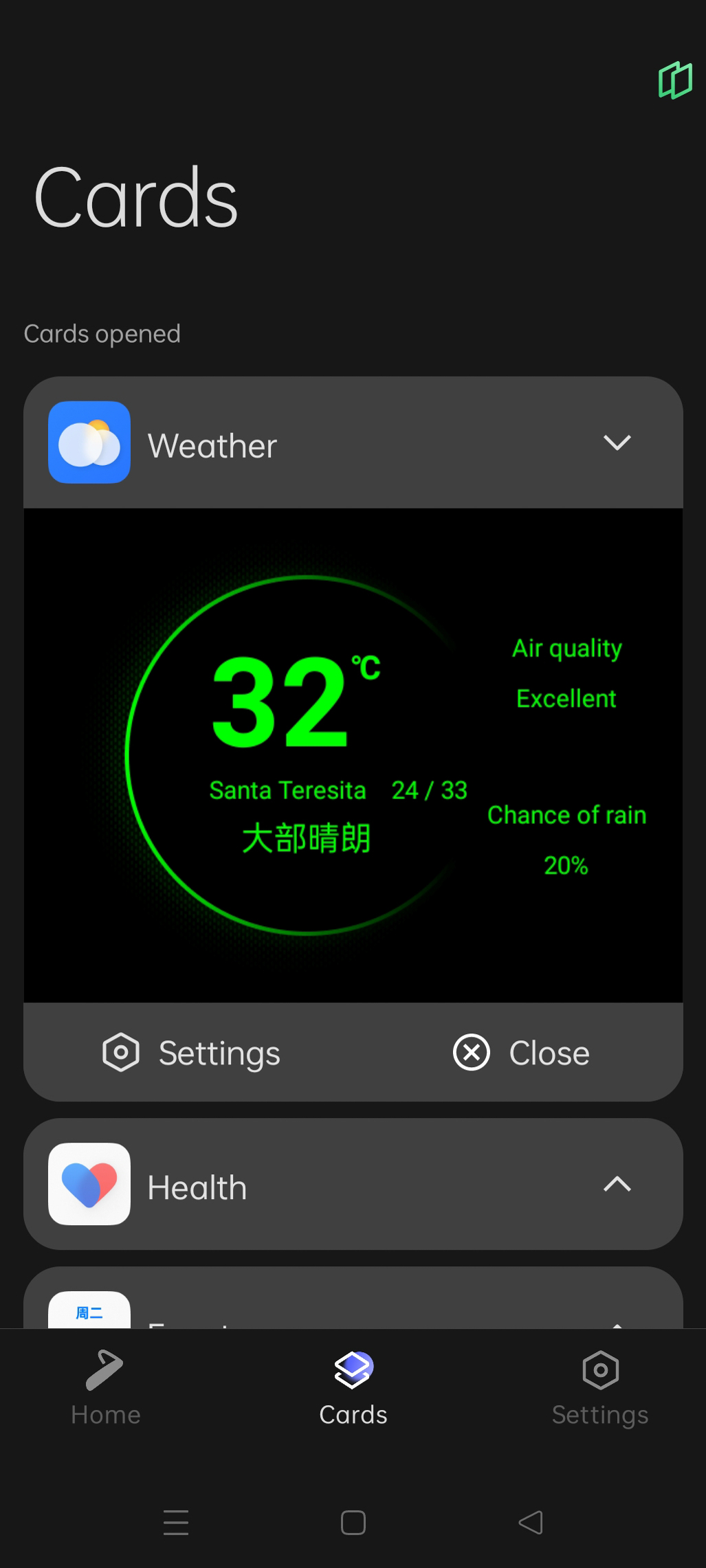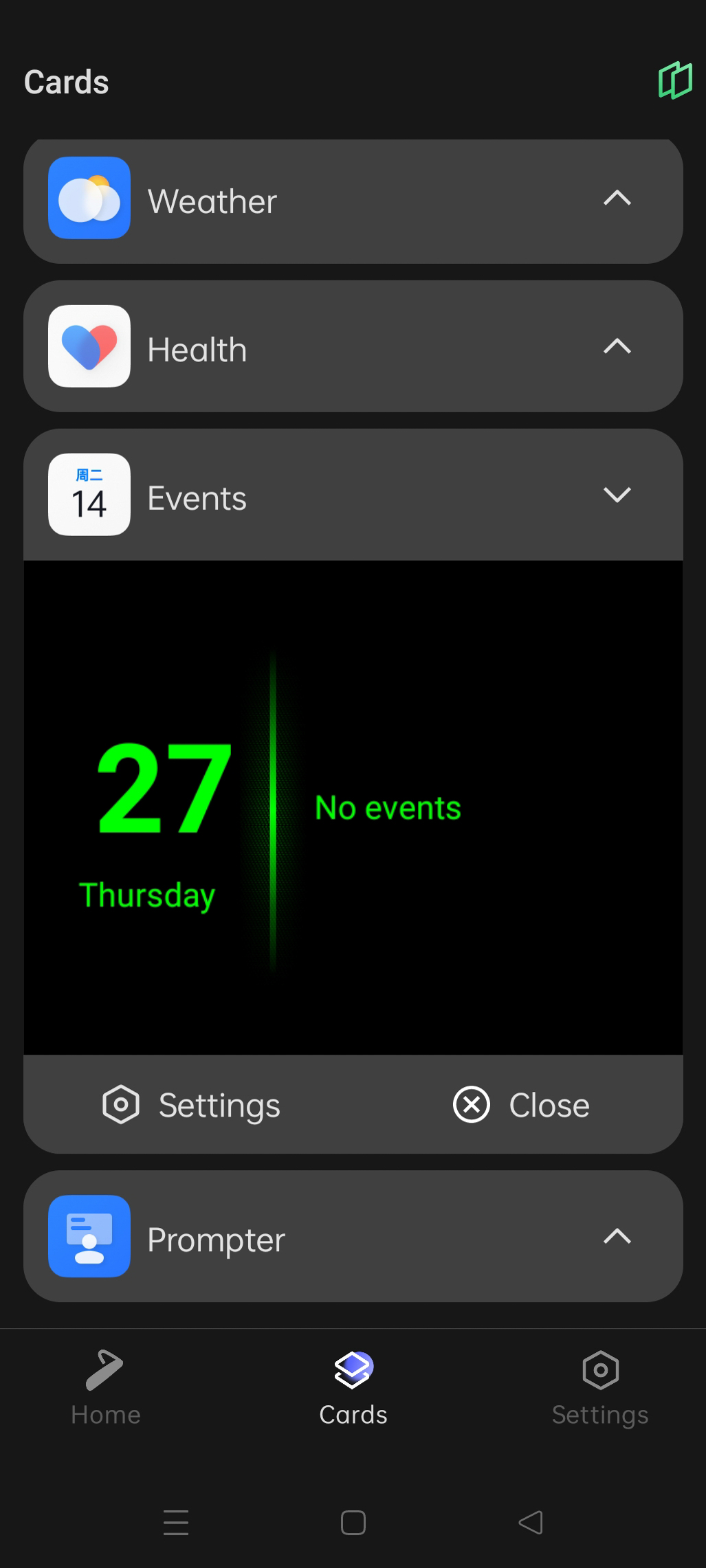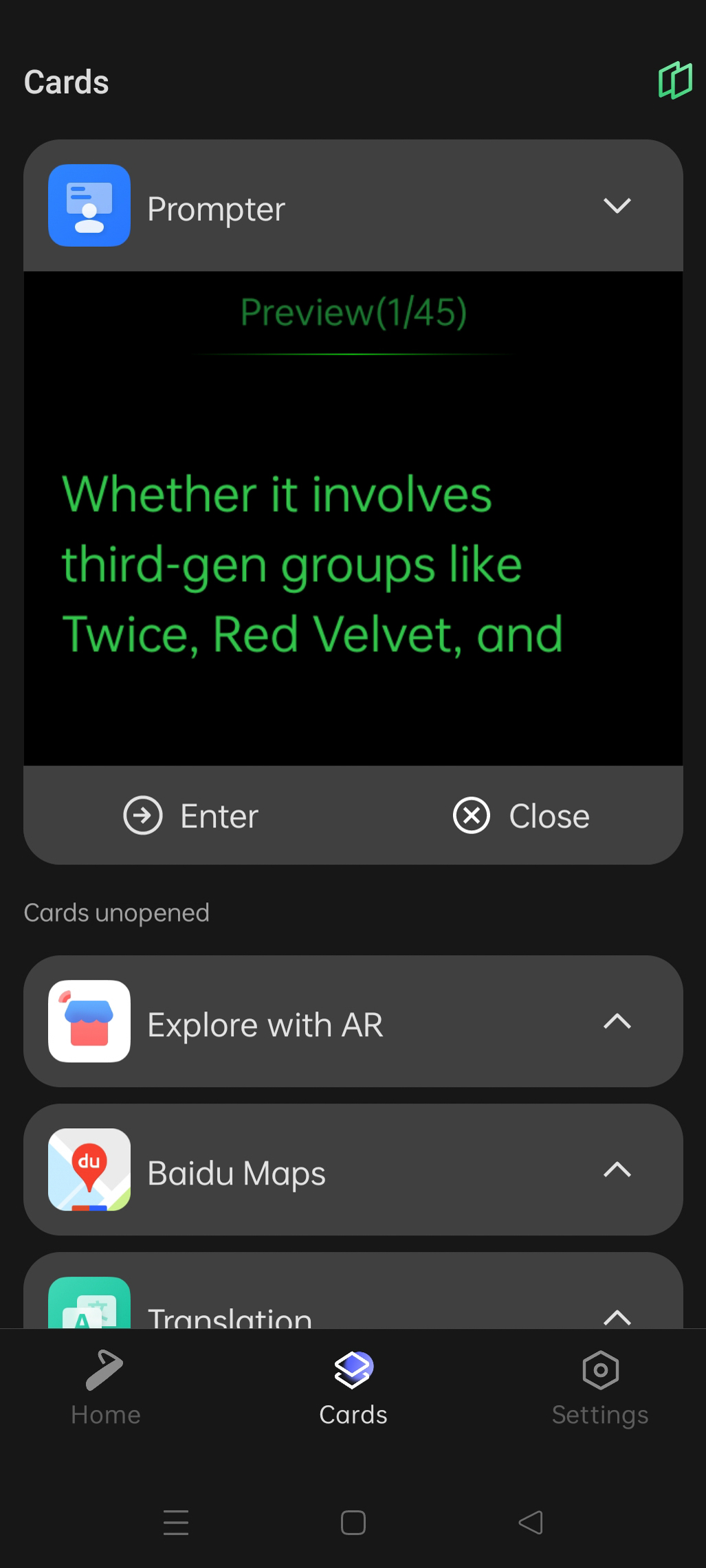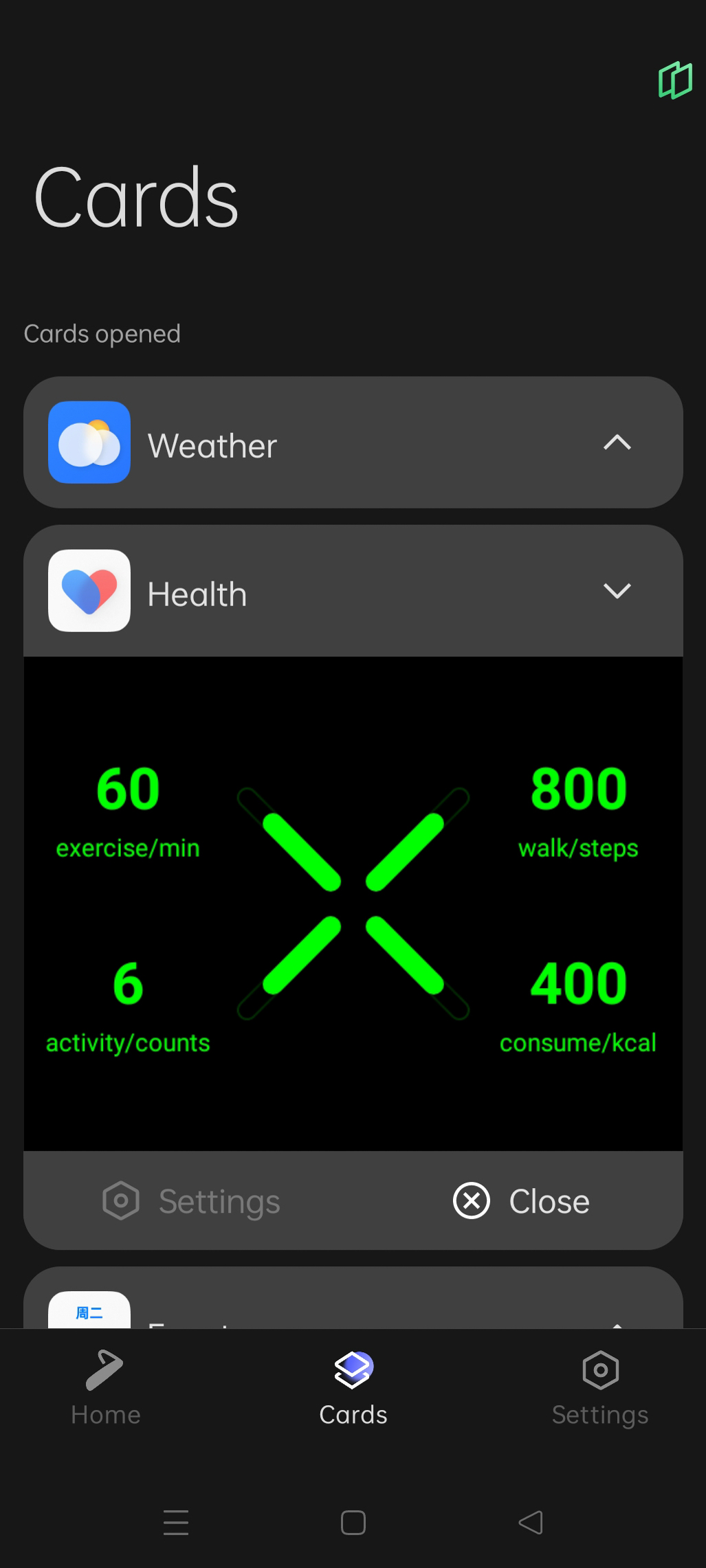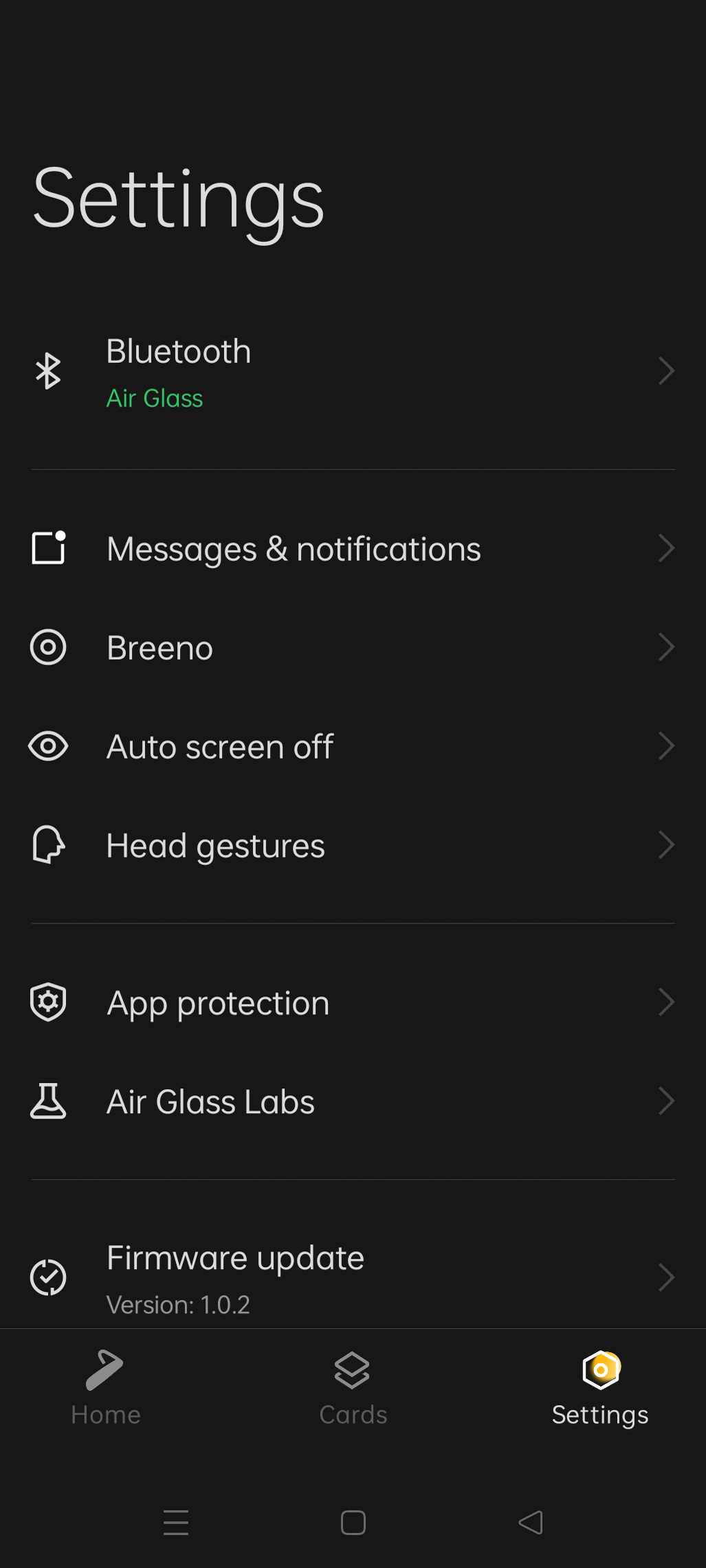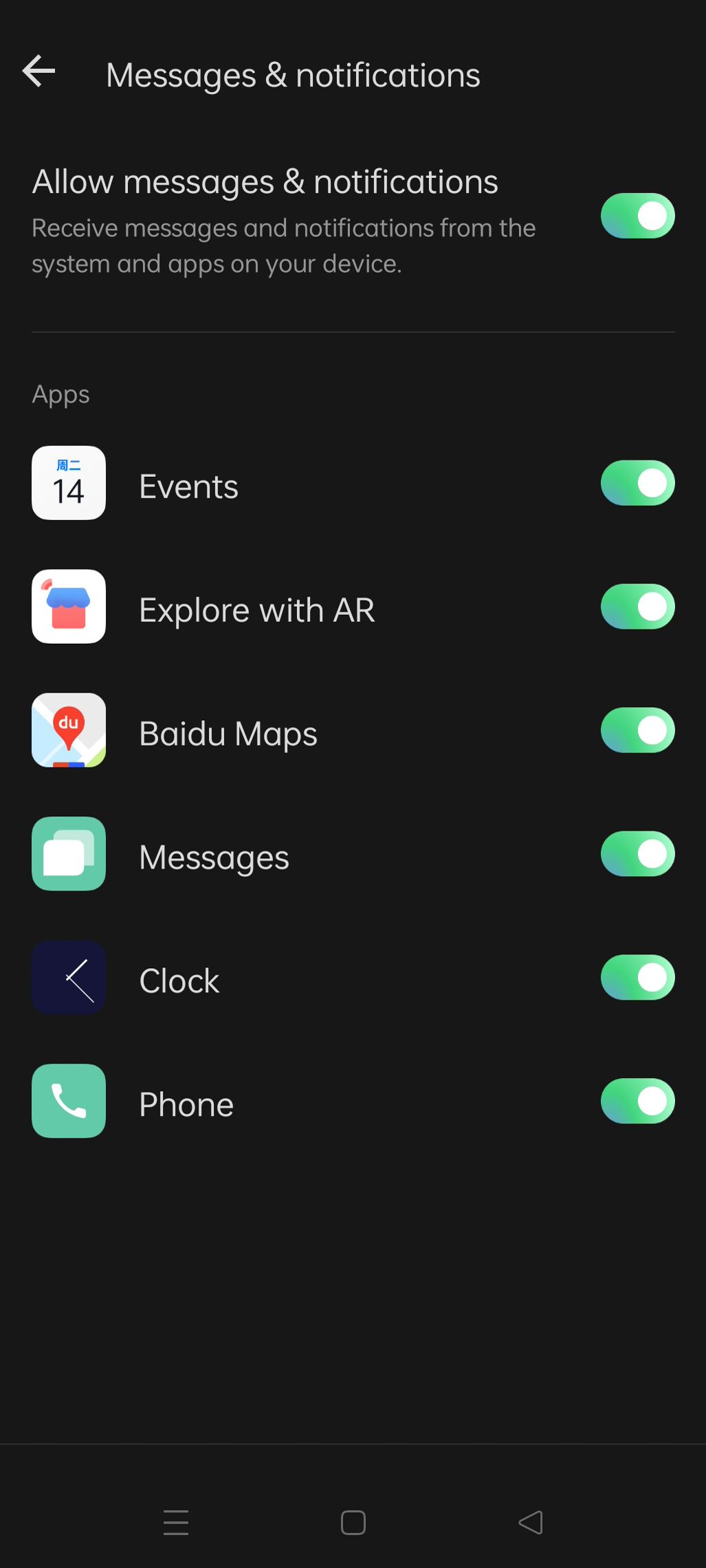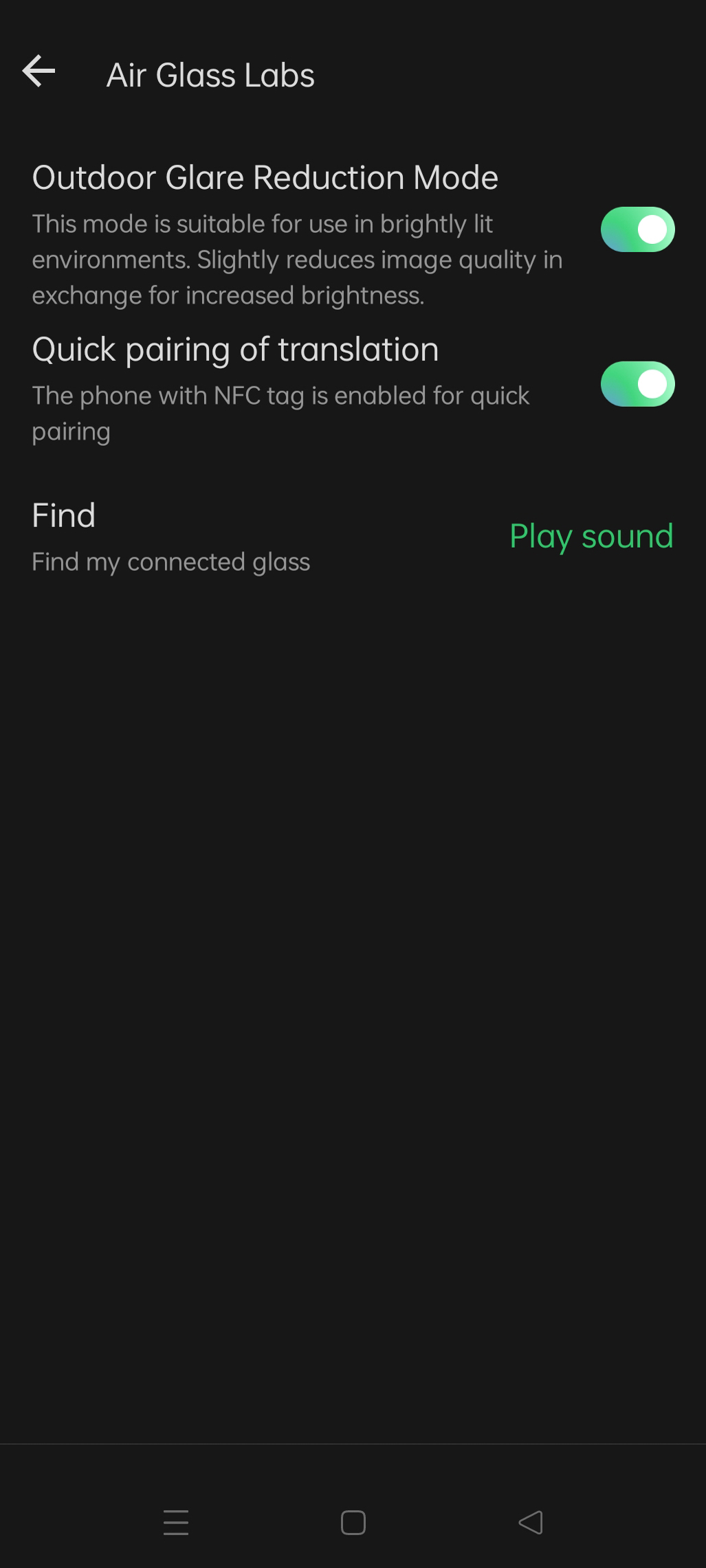Initial verdict: While it’s not going to be offered in the Philippines for now, the OPPO Air Glass has a practical design that best defines the brand’s concept of assisted reality with features that aid users on their day-to-day work.
Pros
- Monocle, 2-piece design well-thought-of
- Useful teleprompter feature
- Monochrome display visible even in direct sunlight
Cons
- The current design only allows for right eye placement
- Functionality is limited (for now)
- Will only work with OPPO phones
- Funky design isn’t for everyone
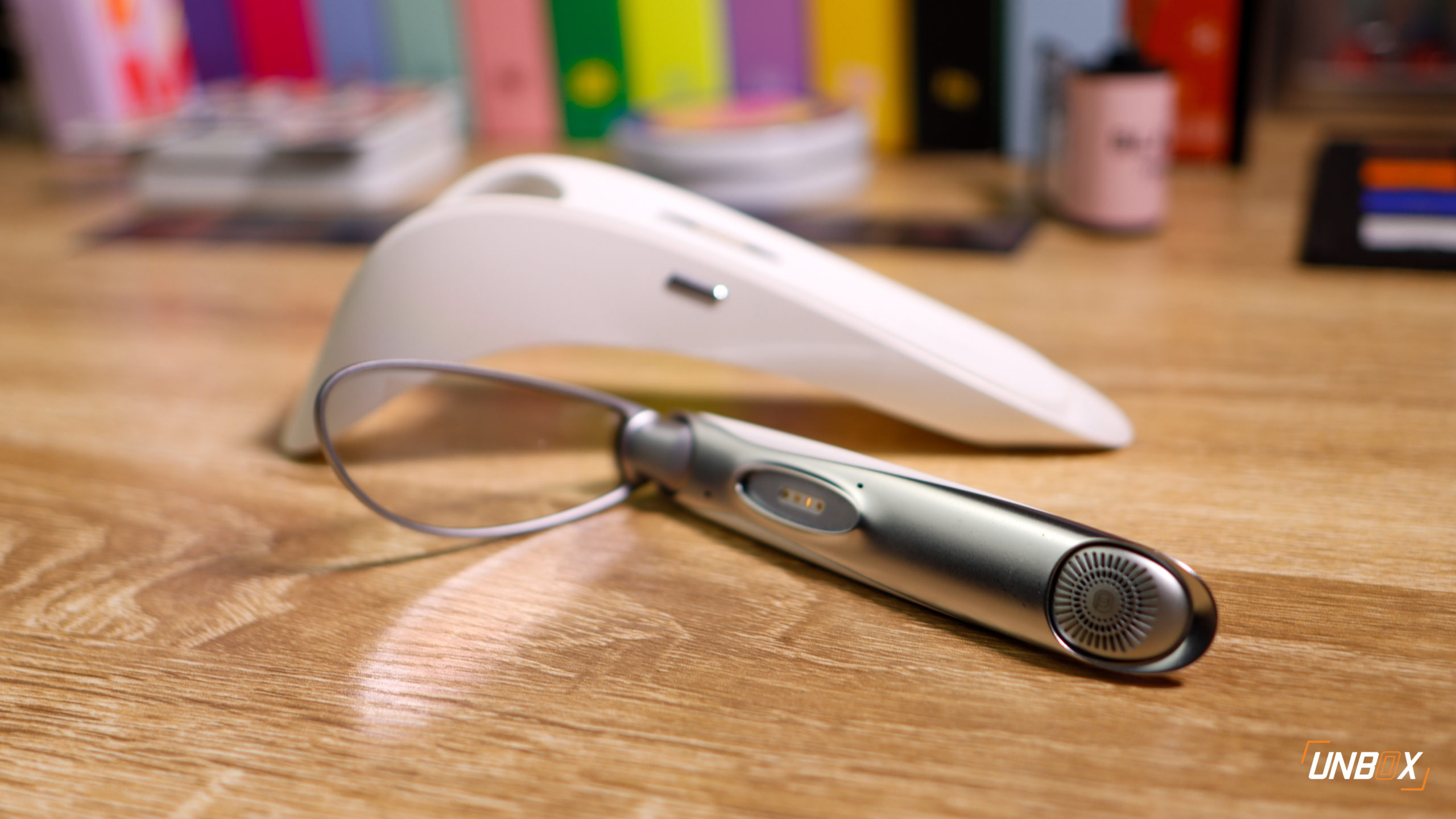
Aside from its first foldable phone, OPPO ended 2021 with a bang by announcing its latest version of its smart glasses with the Air Glass, a slimmer and lightweight version of its AR glasses announced back in 2019. The Air Glass showcases OPPO’s “Assisted Reality” concept, where it is meant to complement your daily life with the information projected into the monocle.
We got our hands on the OPPO Air Glass here in the Philippines, and here’s our quick review of OPPO’s futuristic pair of glasses:
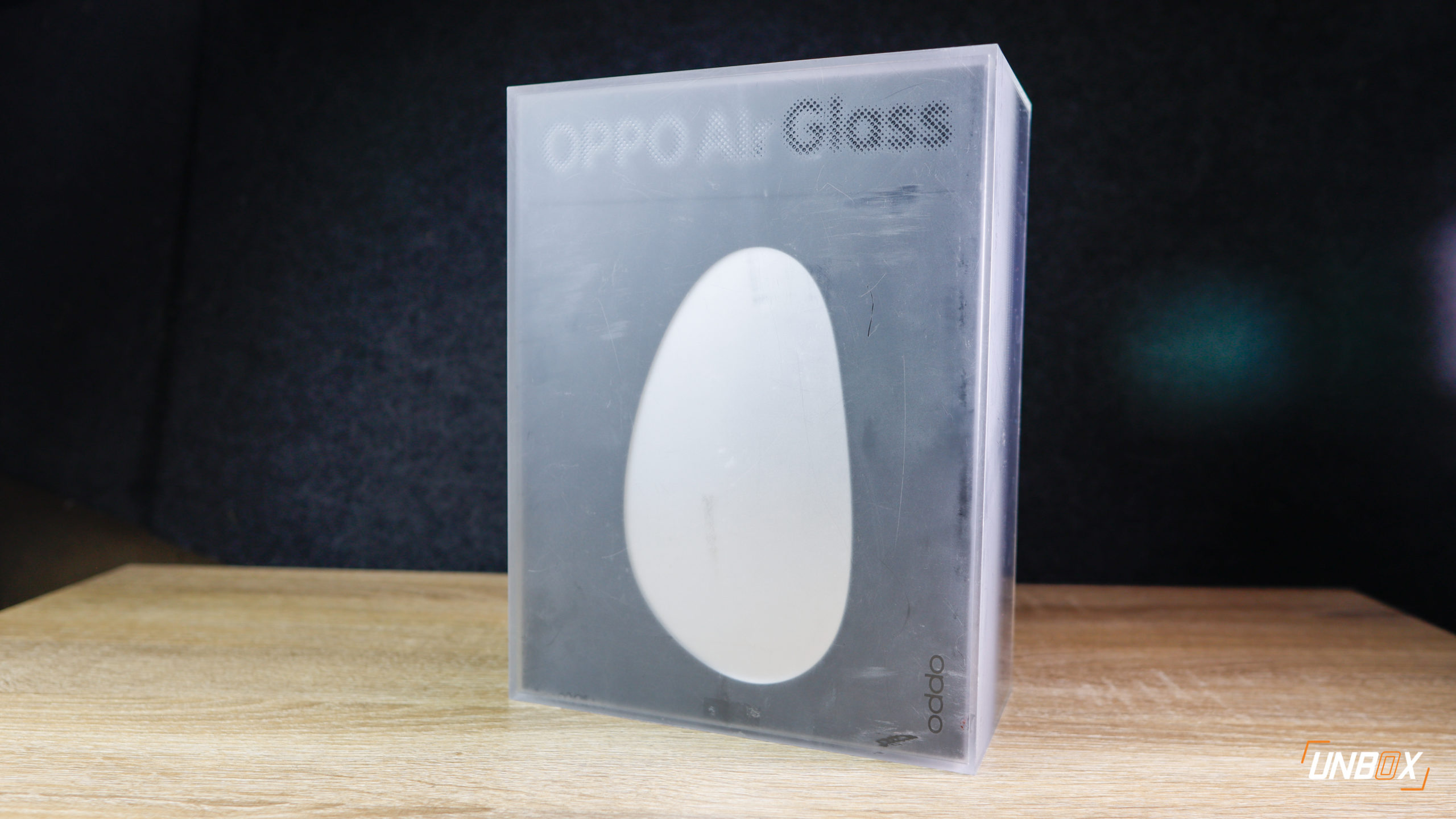
Unboxing and packaging contents
OPPO is only going to produce 800 Air Glasses for now, with each box numbered–the one we have in this review is numbered 22/800. The large packaging comes with two boxes. The smaller box has the pair of frames you use with the Air Glass and a microfiber cloth.

The larger box has a fancy mirror that resembles the Air Glass, and inside the box are documentation, the Air Glass with its charging dock, and a USB-C cable.
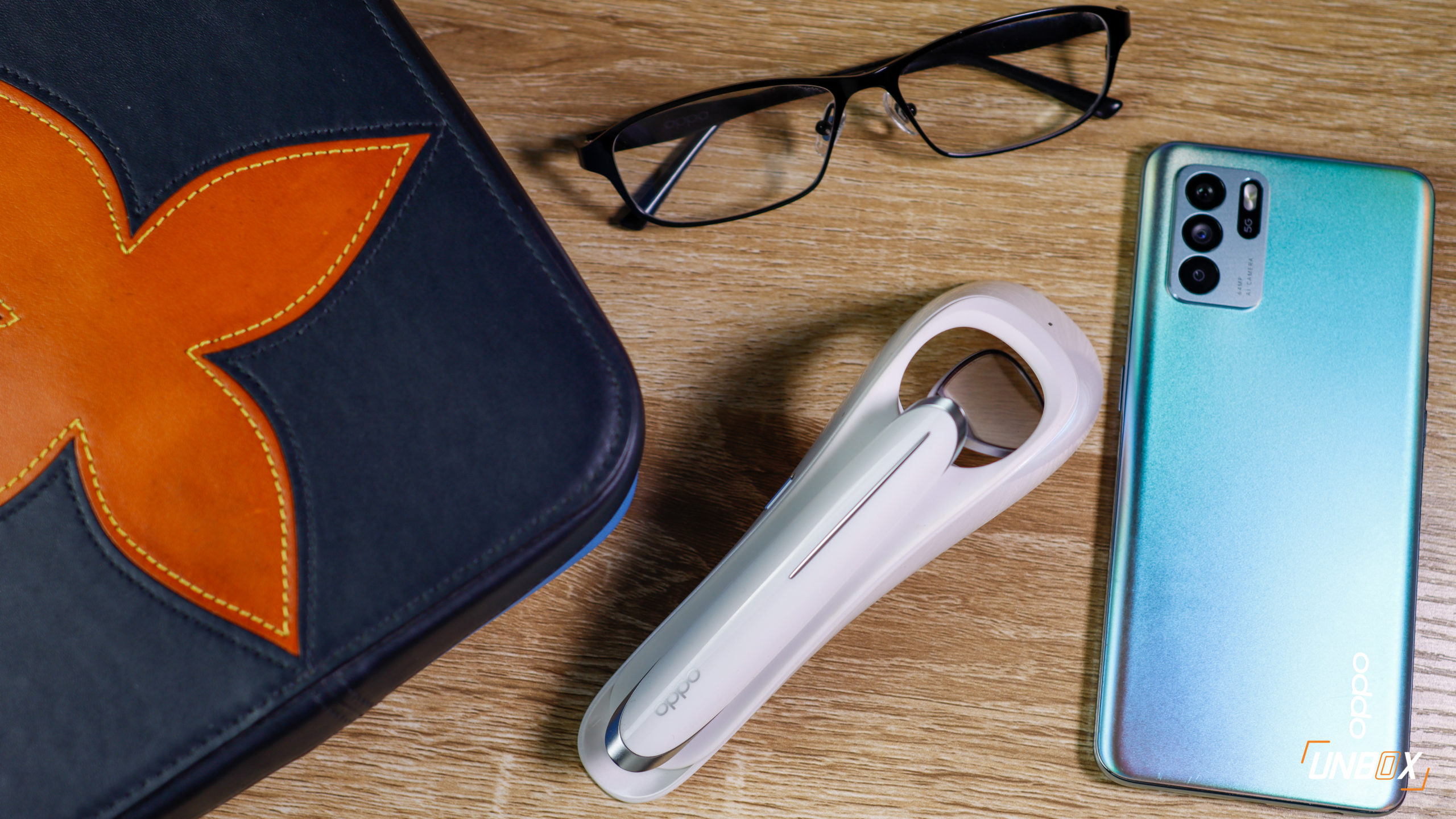
Design
The Air Glass has a monocle design that attaches to the included pair of frames with the package. The one sent to us is meant to place the Air Glass on the right side of the frame, though OPPO might have a version where you place it on the left side of the frame since both sides do have magnets for connecting the Air Glass.
The Air Glass itself has a sleek frame holding the eyepiece that has the display–more on that later. The body holds all the internals like the Snapdragon Wear 4100 processor, battery, magnetic charging port, and loudspeaker, while a silver line on the side acts as a touch control interface. The touch bar recognizes tap, long press, and swipe gestures.
Aside from the touch bar, you can control the Air Glass with head gestures and voice commands, though the necessary software to do that was not present when we got the device for review.
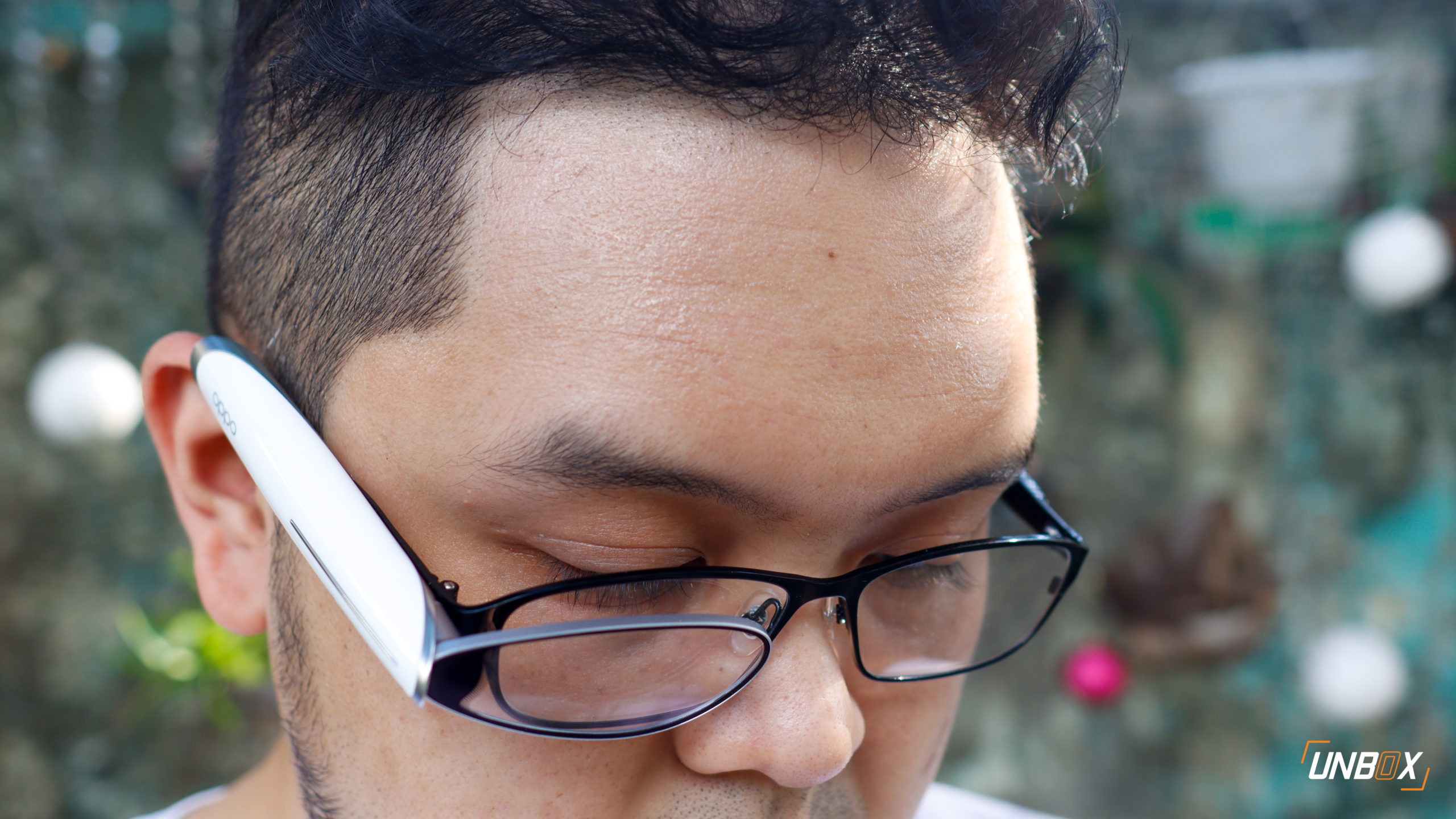
Combining both the frame and the Air Glass, you get a futuristic look that will remind you of Vegeta in Dragon Ball or Tony Stark when he’s doing research work at his laboratory. You can only use the Air Glass with the included frames, so we hope that OPPO would release more frame options for the Air Glass when it goes into commercial production.
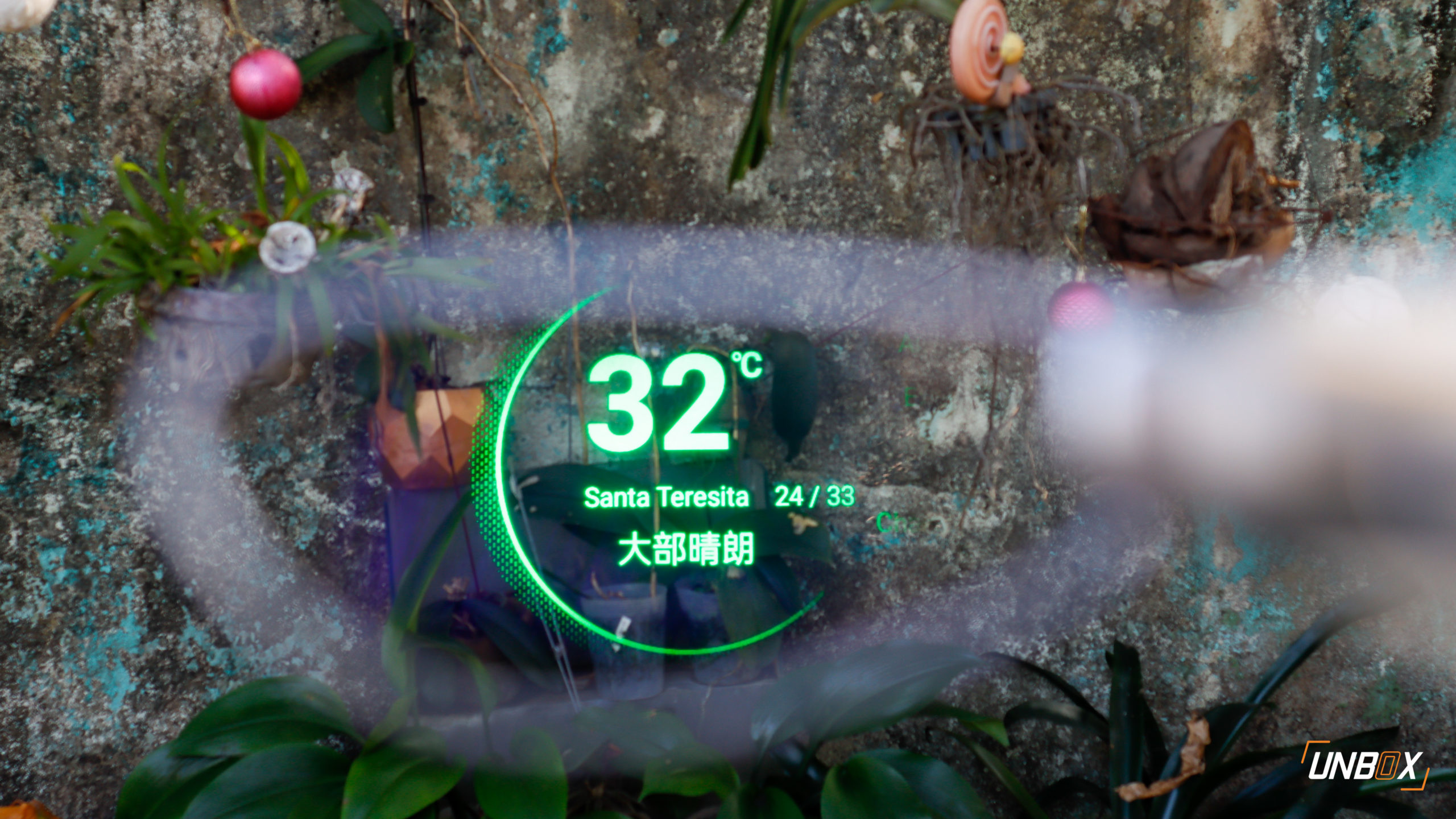
Display and battery life
The main star of the show is the optics on the Air Glass, which houses a microprojector and a Mini LED monochrome display. OPPO didn’t mention how large is the embedded display, but it appears to measure around an inch. The glass itself has two layers of sapphire crystal to make it resistant to scratches.
While the display is only monochrome and serves more as a heads-on display (Think of the augmented display inside an Iron Man suit), it is bright enough to be used outdoors. In addition to being bright, the embedded display is practically invisible, and you’ll only notice the display when it’s powered on.
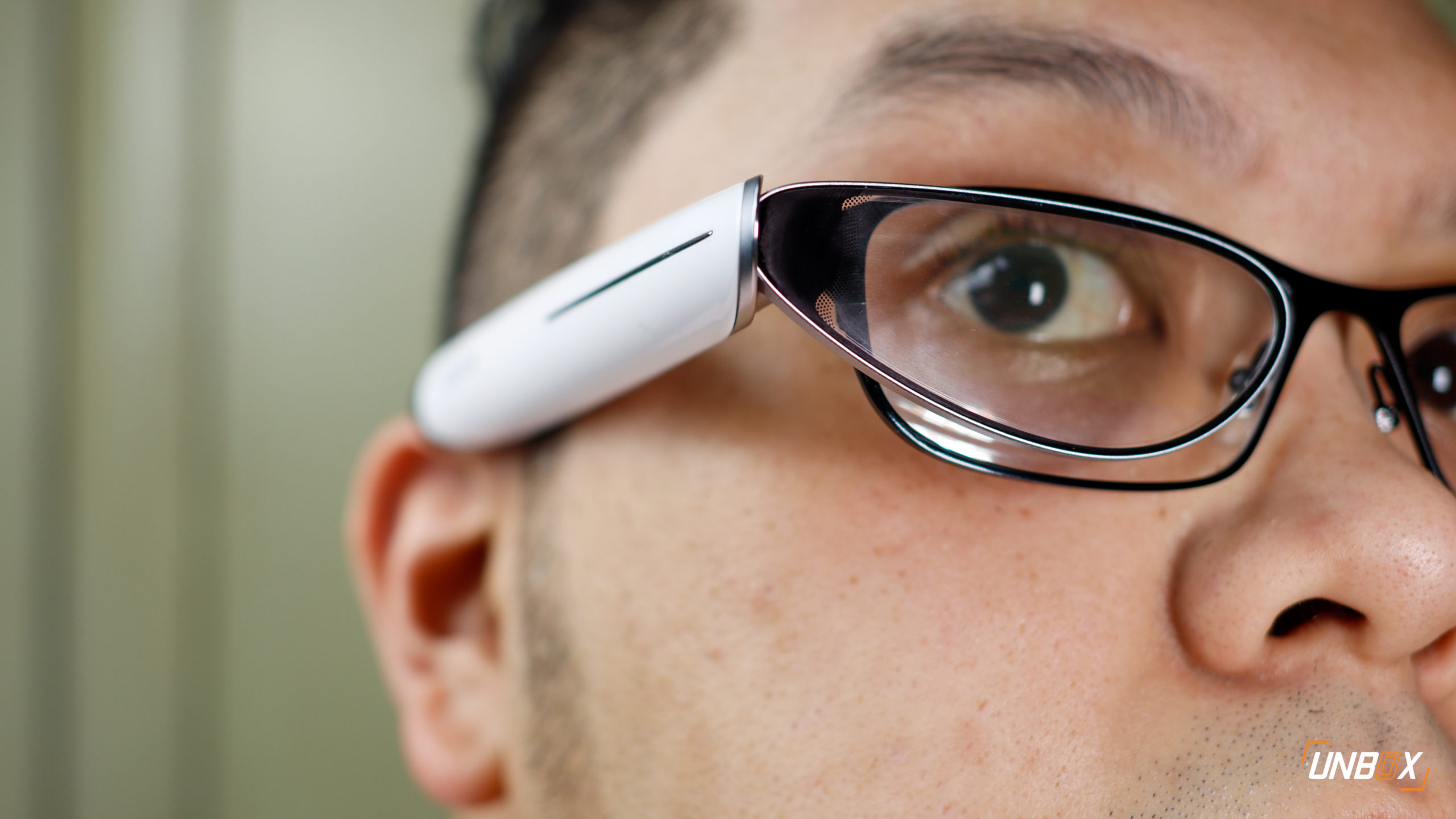
OPPO did not disclose the battery capacity but claims that the Air Glass can be used for up to 3 hours–along with a 20-hour standby time.
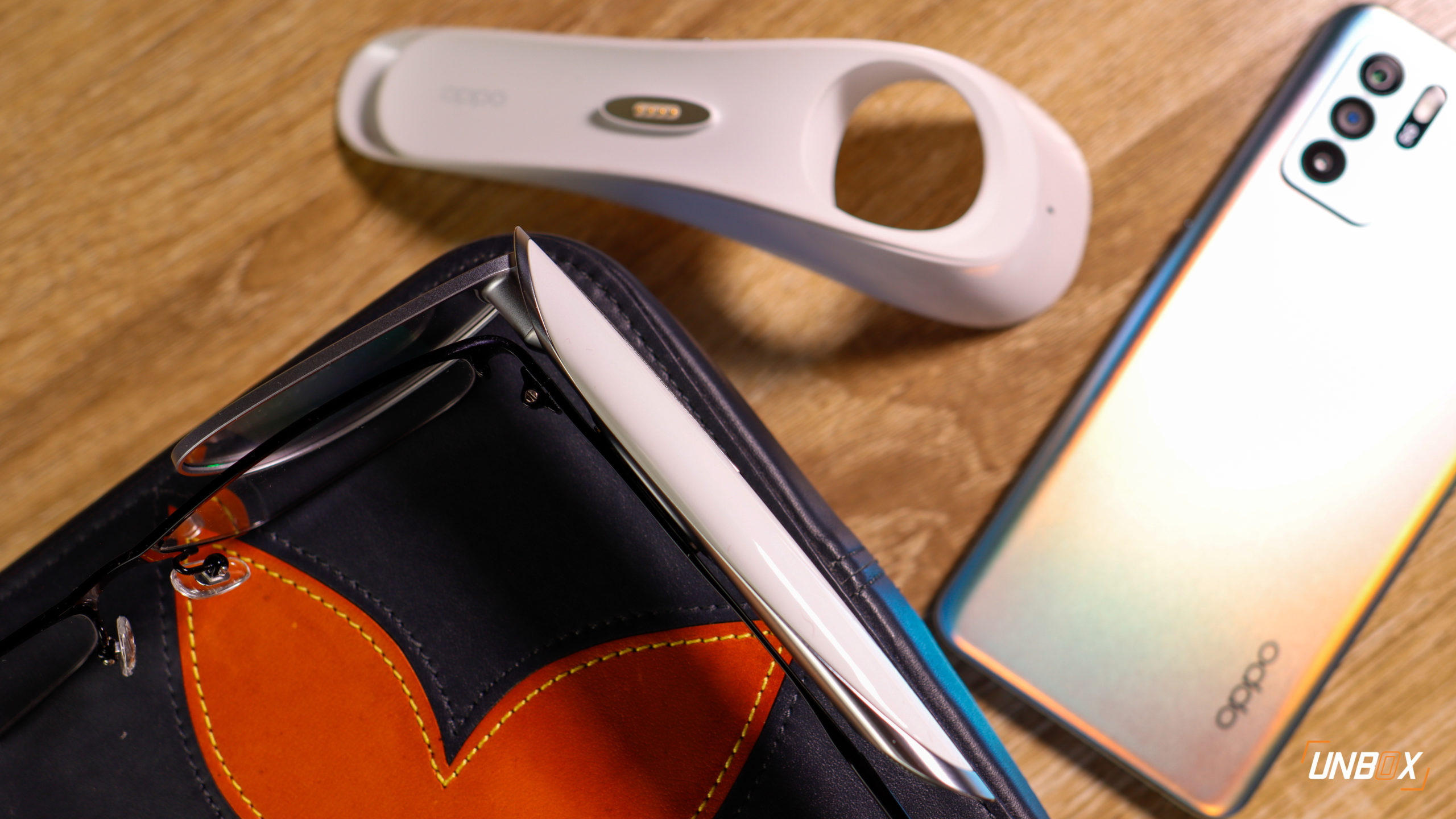
User Interface
Being a bleeding-edge piece of tech, the Air Glass has a number of limitations. For starters, you can only use the Air Glass when paired with an OPPO phone (or any phone that uses ColorOS). We had to loan a Reno6 Z to set up the Air Glass, and we had to sideload the companion app–the Air Glass will be available initially in China, so there’s no other way to install the app.
Going with what the Air Glass can do, features that work while we were reviewing it include weather information, health tracking, calendar, translator, and teleprompter.
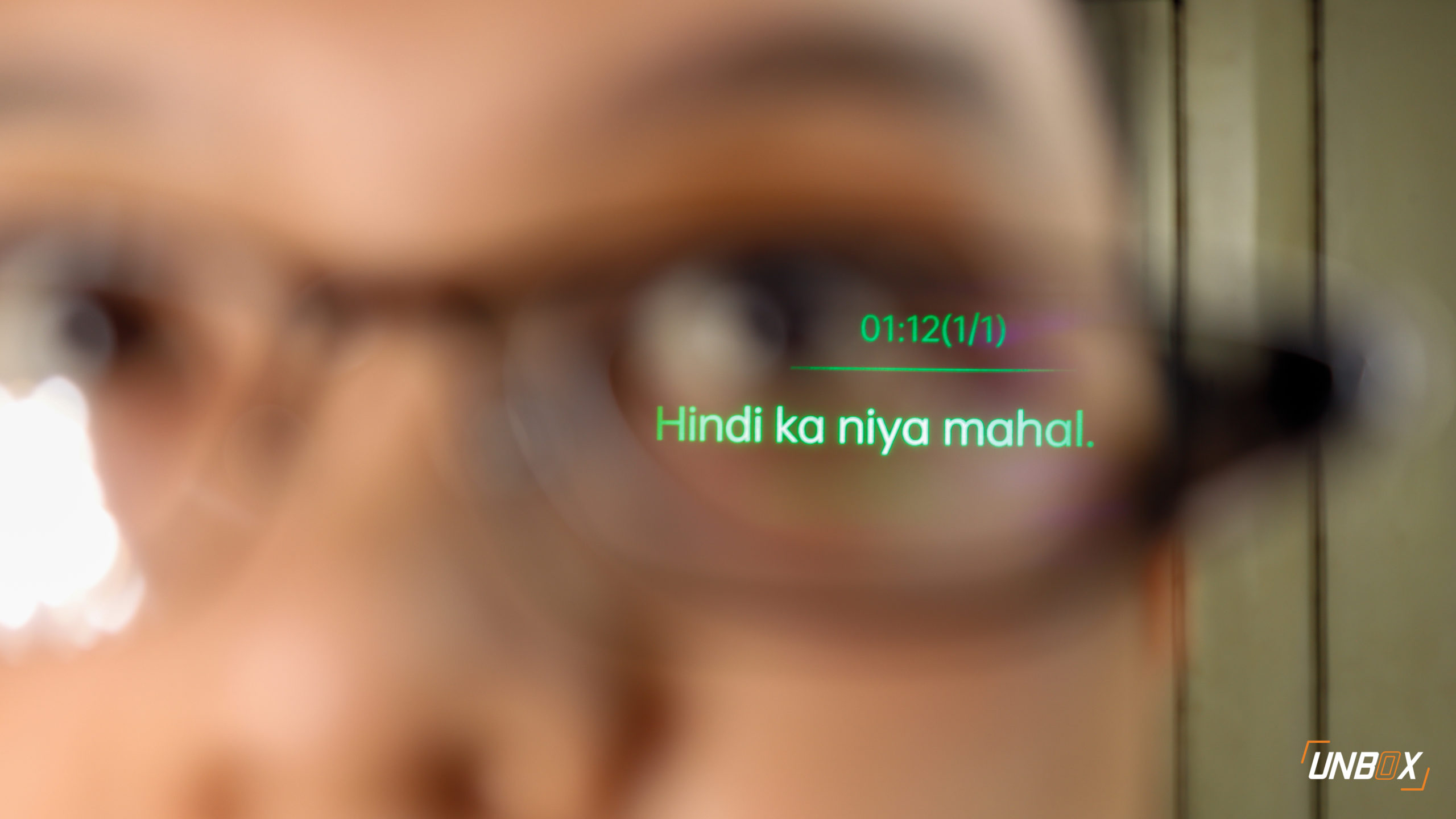
The teleprompter feature makes the Air Glass a very good use case of assisted reality, as it clearly displays the text on the embedded display. The feature is very handy when delivering presentations or speeches, or when a content creator is shooting a video and needs to memorize their script.
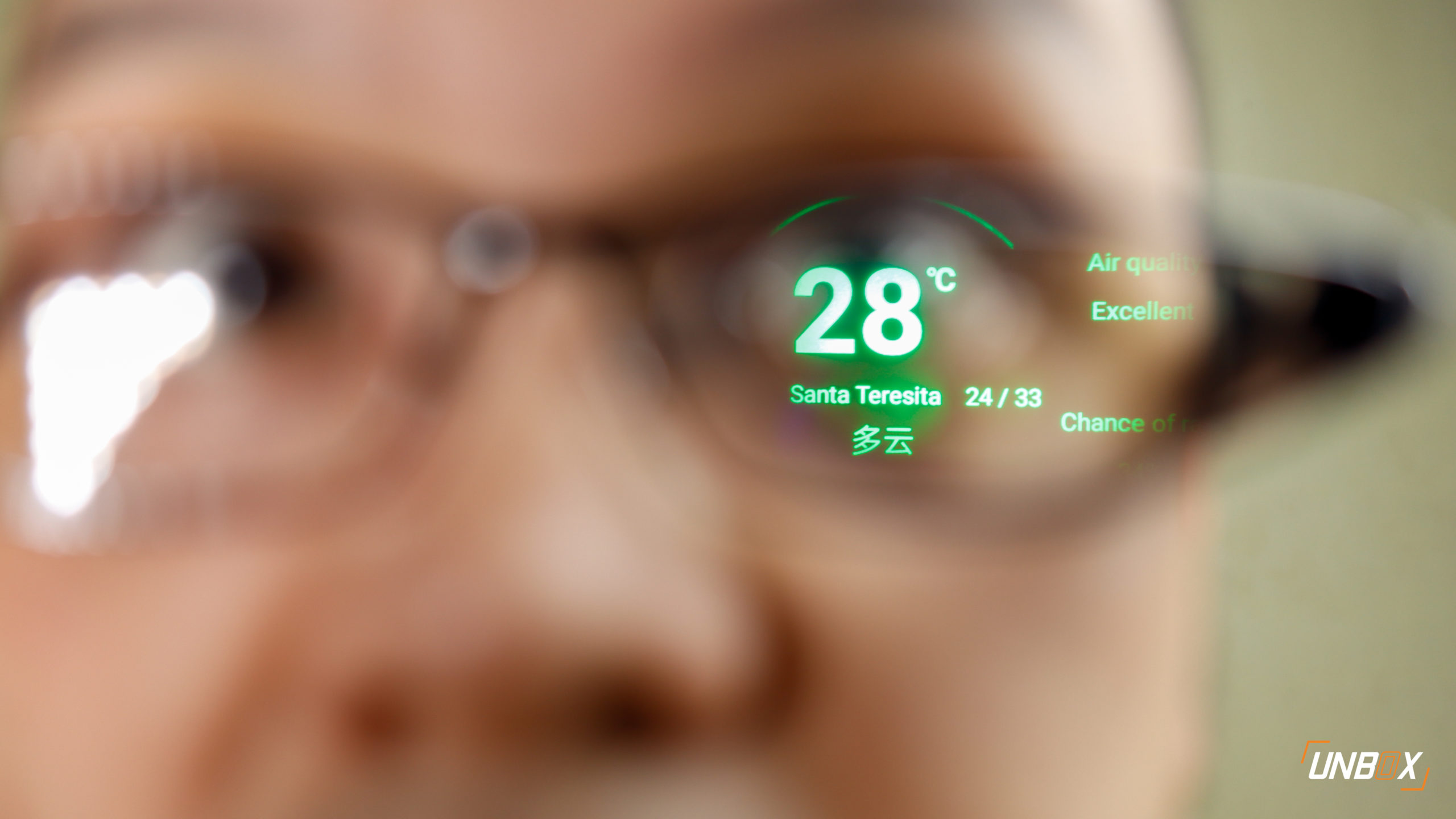
The weather function gives an overview of the weather, while the calendar function gives you an overview of your day. The translator function is meant for easier communication with someone speaking a different language–although the translation is not perfect as of this writing. Finally, the health function displays wellness goals a la Apple Watch, but you can only maximize this feature with an OPPO Watch.
While the Air Glass’ overall functionality is very limited, OPPO promised that they will launch an open SDK for developers to create apps for it.

Wrap up and Initial Verdict
We like how OPPO is pushing technological boundaries for the past few years, and the Air Glass is an interesting piece of tech. Its two-piece design brings in possibilities of using the Air Glass with different frame styles and colors, and the teleprompter feature is arguably its most useful feature for now.
However, given that it is first-generation tech, the Air Glass has limited functionalities and hardware support–something that OPPO has to work on if it plans to make them commercially available in different countries including the Philippines.


